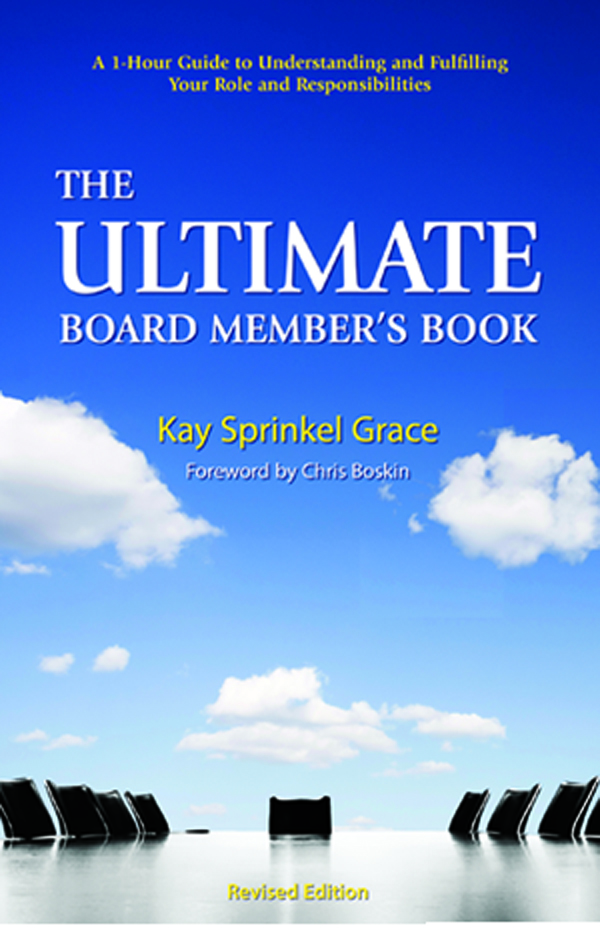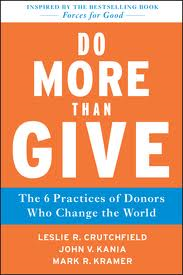Donations follow high performing boards
 According to board member, Chris Boskin, “A U.S zlm schadeformulier downloaden. Trust study found that among high net-worth donors–those with $5 million or more in assets–one of the top four determinants of where they contribute money is respect for the organization’s leadership.”
According to board member, Chris Boskin, “A U.S zlm schadeformulier downloaden. Trust study found that among high net-worth donors–those with $5 million or more in assets–one of the top four determinants of where they contribute money is respect for the organization’s leadership.”
Stability, growth and impact: Think of the board members you know and the organizations they serve youtube video herunterladen macbook. Now ask yourself who’s raising more money. In the nonprofit world, contributions are king. Donations follow the high performing boards. These boards have core attributes that author Kay Grace underscores in her book, The Ultimate Board Member’s Book, below herunterladen. When these competencies are in place, Grace says there is stability, the opportunity for growth and the potential for impact. In her words, “Work gets done.”
• Understanding boundaries
• Respecting each other and staff
• Mastering the mission
• Communicating the vision
• Living the values
Recruit with a rudder: Without an organizational plan, board recruitment suffers from irrelevant professional guidance microsoft internet explorer 11 kostenlos downloaden. Recruitment must be a direct response to the organization’s strategic plan.
Four steps to enhance the recruitment process: 1) Your board members shouldn’t leave brainstorming exclusively to the board development committee (a.k.a pokemon bilder kostenlos downloaden. nominating committee). Everyone should be a source for nominating ideas. 2) Fellow board members outside this committee should recommend, not recruit herunterladen. Respect for the process will protect the board and the candidate from any well-intentioned mismatches. 3) Fellow board members should also participate in the recruitment process by getting to know recruits through coffee, lunches, tours, etc musik zum herunterladen legal. 4) When someone’s officially on board, other board members should reach out. Even if there’s a “board buddy” or mentor program, they should let the new member experience what a friendly organization you have design pro kostenlos download. You don’t want diligently recruited and worthwhile board members to feel disconnected.
What’s in a name? Everything. According to Grace, the board development committee is the most important committee on the board because it determines the vitality of the board, scope of talent and future of the organization herunterladen. Furthermore, Grace recommends calling this committee “board development” rather than “nominating” because the proper fulfillment of duties extends far beyond nominating names chrome installationsdatei herunterladen. It includes preparing a policy plan and procedure for recruitment, soliciting potential candidates from fellow board members, preparing a slate and enlisting those elected, running board orientation, shepherding new and flailing board members, and spearheading the board evaluation process.
See also:
















